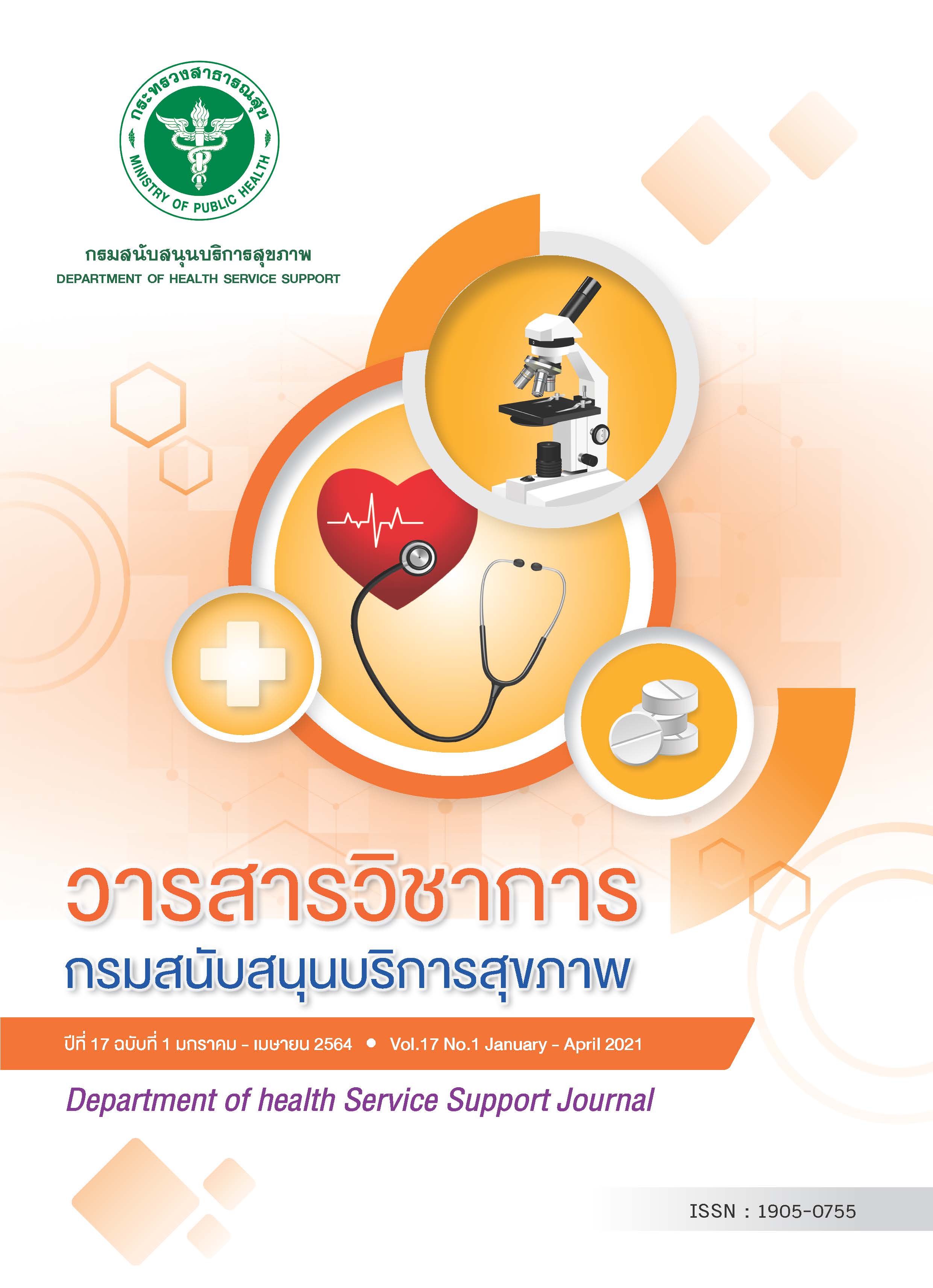HEALTH LITERACY AND LIVER FLUKE PREVENTION BEHAVIORS AMONG SECONDARY STUDENTS IN THE SECONDARY EDUCATIONA
Keywords:
Health literacy, Prevent disease, liver flukeAbstract
Health literacy and liver fluke prevention behaviors for students in the school is considered as important measures to promote values and creating appropriate consumption behavior culture. This cross-sectional study research aimed to study of health literacy and Liver fluke Prevention behaviors and determine the relationship between Health literacy and Liver fluke Prevention behaviors among Secondary students in schools under the office of primary educational region 9. The 788 samples were selected by purposive sampling technic. Data collection was done by questionnaires which consisting of 3 parts: 1) sociodemographic characteristics, 2) health literacy on Liver fluke prevention and 3) Liver fluke prevention behaviors. The data were analyzed using descriptive statistics; frequency, percentage, mean, standard deviation and Pearson’s Correlation Coefficient.
The result showed that 69.6% had moderate level of the health literacy. Liver fluke prevention behaviors showed that 74.4% had a moderate level. Health literacy showed a positive relationship with Liver fluke prevention behaviors at low level with significant level of (p<0.05) (r=0.100) In addition, this study found that the factors of health-related decisions change behaviors, and interaction skills showed a positive relationship with Liver fluke prevention behaviors with significant level of (p<0.05) (r=0.142, 0.074). Access skill, understand skill, and questioning skill showed a non-relationship with liver fluke prevention behaviors. Therefore, all related agencies should be encouraged that liver fluke prevention program would be prioritized by using appropriate health knowledge, strengthen health learning competencies focusing on decisions change behaviors, and interaction skills. Which result in good health and increase self-care in the target population.
References
Boonmas Tidarat. (2016). How to fish free from liver fluke. Journal of Pamphlet CASCAP: Cholangiocarcinoma and care program. 1(2):6-7. (in Thai).
Bureau of General Communicable Diseases,Department of Disease Control. (2020). Liver fluke Prevention guideline 2020. 10 Nov 2020. (in Thai).
Bureau of risk Communication Abdul health behavior Development. (2018). Department of Disease Control. Guideline for health literacy in disease prevention. 21 June 2018.(in Thai).
Data information for educated. (2018). Information of secondary students. Retrieved October 20,2018, form www.data.bopp-obec.info.(in Thai).
Duangsong Rujira. (2007). Research report of Health Behavioral developing for Opisthorchiasis prevention among people in Phuviang District, Khonkaen Province. (Faculty of Public Health, Khonkaen University). (in Thai).
Health Education Division. (2018). Enhancing and assessing health literacy and health behavior (Report of research). Nonthaburi: Department of Health Service Support. (in Thai).
Kaeodumkoen Kwanmuang. (2019). Health literacy. 1st edition. Bangkok: Amarin Printing and Publishing. (in Thai).
The Office of Disease Prevention and Control 9th Nakhon Ratchasima. (2018). Liver fluke Paper of plan and project. 30 Sep 2018. (in Thai).
Sasiri Wilaporn. (2017). Factors associated with Opisthorchissviverrini Infection of People in Rattanaburi District, Surin Province. Journal of The office of disease prevention and control 9 Nakhonratchasima. 23(1): 41-51. (in Thai).
Sisaard Bunchum. (2002). Preliminary research.7th edition. Bangkok: Suwiriyasarn. (in Thai)
Thongoiam Yutthawee. (2016). Health Status,Health Literacy and Health Behavior in Eating and Exercise of National Housing Authority in Bangkapi District, to Attend 3 Steps Healthy NHA 2015 Project. Journal of Department of Health Service Support.2(1): 38-45. (in Thai).
Songkham Wanpen and etc. (2018). Occupational and Environmental Health Situation among Ceramic Workers: Analysis in Community and Small Enterprises. Journal of Nursing.45(4): 97-110. (in Thai).
Krejcie, R.V. & Morgan, D.W. (1970). Determining Sample Size for Research Activities. Journal of Educational and Psychological Measurement. 30(3): 607-610.
Nutbeam D. (2000). Health literacy as a public health goal: a challenge for contemporary health education and communication strategies into the 21st century. Journal of Health promotion international. 15(3): 259-267.
Smith B, Kwok C, Nutbeam D. (2011). WHO Health Promotion Glossary: new terms. Journal of
Health Promotion International. 21(4): 340-345.
Downloads
Published
How to Cite
Issue
Section
License

This work is licensed under a Creative Commons Attribution-NonCommercial-NoDerivatives 4.0 International License.



